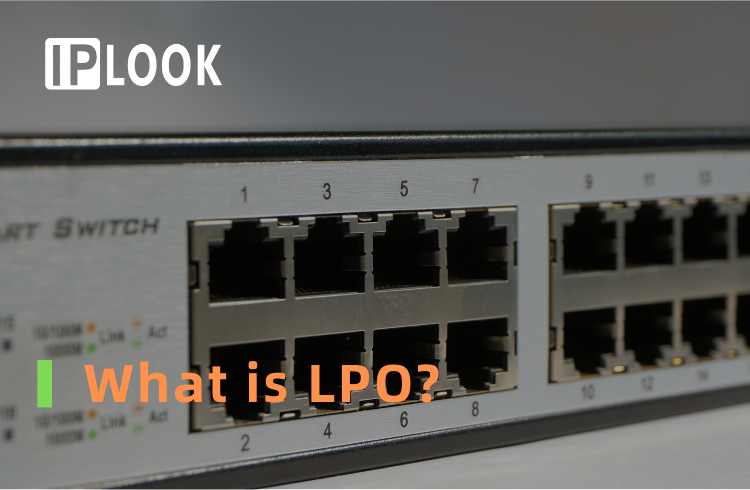
In the dynamic world of optical communications, a new concept has been making waves - LPO. This article aims to provide a simple understanding of LPO, its significance, and its potential impact on the industry. Let's delve into the details.
The field of optical communications has seen significant advancements in recent years, driven by factors such as the 5G revolution, broadband expansion, and digital transformation. However, as data rates increase, challenges arise related to power consumption and costs associated with high-speed technologies.
Advancing beyond 400G poses challenges beyond simple data rate upgrades. As data rates increase, power consumption and costs also rise. This is particularly evident in optical modules, which are crucial components of optical networks and often account for a significant portion of overall power consumption.
LPO stands for Linear-drive Pluggable Optics. It is a new packaging technology for optical modules. LPO emphasizes the "pluggable" aspect, distinguishing it from CPO (Co-Packaged Optics) solutions.
In optical communication, signals undergo a transformation from electrical to optical and back to electrical at the receiving end. Traditionally, DSP chips play a vital role in compensating for signal distortions and reducing system error rates. However, DSP chips consume significant power and contribute to module costs.
The crucial difference between LPO and traditional modules lies in the linear drive technology. LPO modules employ linear direct drive technology, eliminating the need for DSP (Digital Signal Processing) and CDR (Clock and Data Recovery) chips within the optical module.
In order to realize the functions of the eliminated DSP to ensure the transmission quality, LPO solutions integrate high linearity drivers and TIAs (Trans-Impedance Amplifiers) within the module, while functions such as CTLE (Continuous Time Linear Equalization) and EQ (Equalization) are integrated into the switch-side transceiver chip. This approach eliminates the need for DSP and CDR chips in the module, reducing power consumption and costs.
By adopting LPO, the power consumption and cost associated with optical modules can be significantly reduced, contributing to improved energy efficiency and cost-effectiveness. This aligns with the industry's goals of achieving carbon neutrality and optimizing data center operations. LPO technology opens up new possibilities for higher data rates and increased network capacity.
LPO represents a groundbreaking approach to optical communication by leveraging linear direct drive technology and eliminating the need for DSP and CDR chips in optical modules. This article has provided an overview of LPO, highlighting its advantages in terms of power consumption and cost reduction. As the industry embraces LPO, it holds the potential to revolutionize optical communications and drive further advancements in high-speed data transmission.

